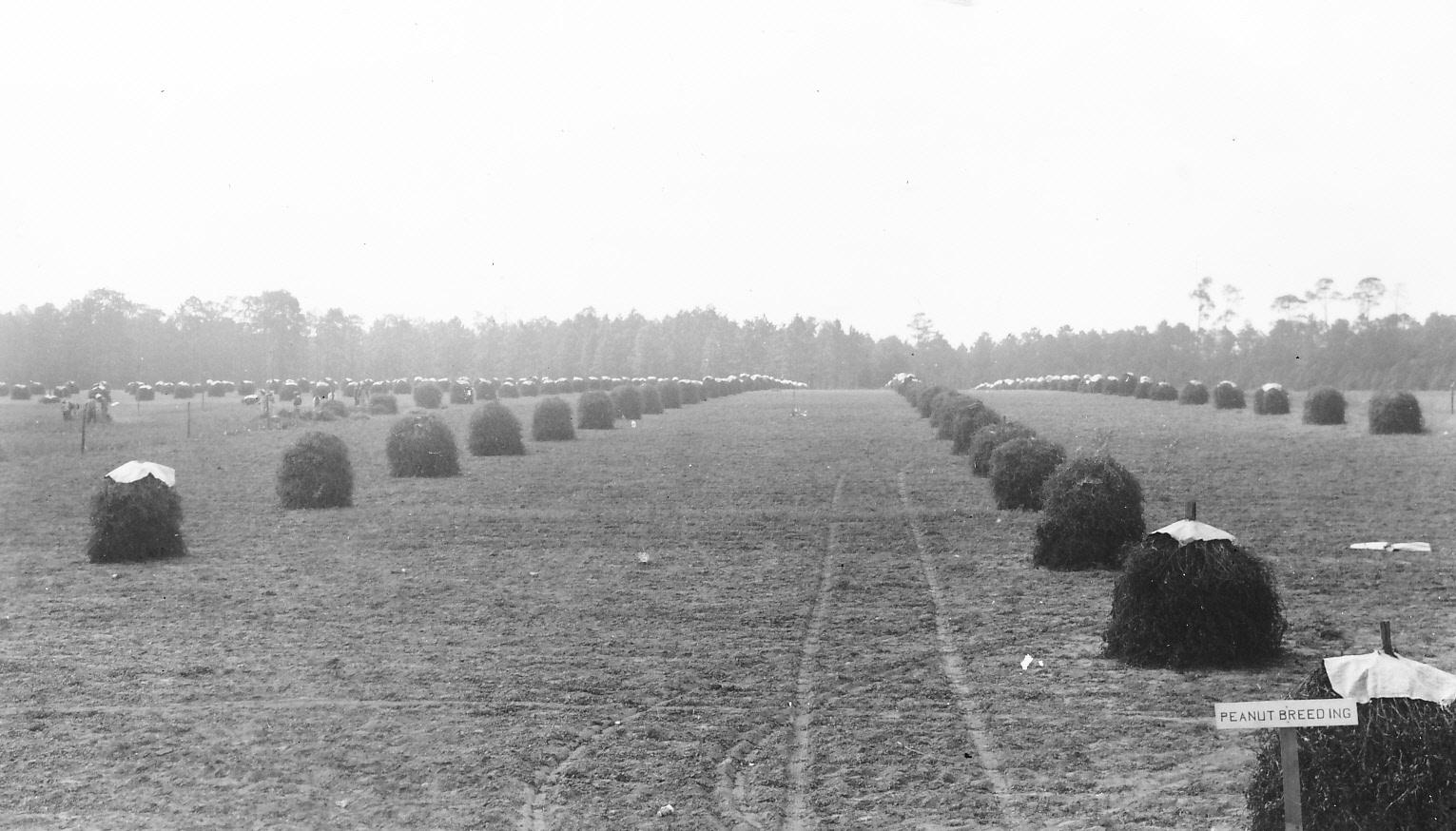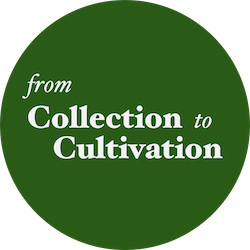
Post-doctoral project: Tad Brown
Uniformity serves two masters. As a requirement for intellectual property in plants, uniformity is a kind of guarantee bred into crop genetics. The same plants, by name, are more or less identical in nature, enabling the grant of monopolistic rights. When grown side by side, fields of uniform plants allow for the standardisation of agricultural production, thereby accommodating machinery and the demands of industry. This same uniformity, however, exposes crops to ecological vulnerability. Acre upon acre of genetic sameness invites outbreak of disease and pests. The uniformity within breeding stocks that is required for intellectual property, when sown at scale, creates an environment fit for disaster.
The two masters of uniformity met in 1970. That year, the U.S. corn crop experienced a wide-ranging fungal blight, decimating acreage across the southern states. With corn, a select cytoplasm was to blame, having been bred into popular commercial hybrids. ‘The key lesson of 1970 is that genetic uniformity is the basis of vulnerability to epidemics,’ scientists proclaimed.[1] The corn blight even served as evidence in congressional hearings for plant variety protection. Passage of the U.S. Plant Variety Protection Act in 1970 extended intellectual property to seeds, if the variety satisfied the distinct, uniform, and stable criteria. Not just corn, all crop seed bred through sexual reproduction and new to the commercial market, which met these biological requirements, became eligible for intellectual property rights. Clearly, intellectual property did not cause the uniformity that invited blight. But neither was it far afield.
By the early 1970s, crop uniformity was commonplace, and not just in corn. For instance, just shy of half the peanuts grown in the United States were grown in Georgia. Of the three-quarter million acres sown in peanuts between Georgia, Florida, and Alabama, farmers planted the variety Florunner on every three out of four acres. A related variety, Florigiant, dominating the cultivated acreage in Virginia and North Carolina. These two varieties, Florunner and Florigiant, both released in 1969 by the University of Florida, along with the popular Virginia-type runners, all share something in common. The pedigree of these varieties includes genetics from the same crossbred peanut, a cross originating from collections at the Georgia state experiment station in 1931.[2] My book project uses this hybridity event, and varieties traceable to it, to understand the history of peanut science and agricultural development, with chapters covering events in Brazil, Nigeria, India, Australia, and South Africa. I ask what peanut collections can tell us about crop science, food processing, and intellectual property in the twentieth century.
Keywords: Development, Agriculture, Biodiversity, Social Theory, Law
[1] Genetic Vulnerability of Major Crops (Washington DC: National Academy of Sciences, 1972) p. 1.
[2] T.G. Isleib and J.C. Wynne, ‘Use of Plant Introductions in Peanut Improvement’, in Use of Plant Introductions in Cultivar Development, Part 2 (Madison, WI: Crop Science Society of America Special Publication no. 20, 1992).
Recent presentations by Tad Brown on the history of peanut research:
'Tracing Peanut Origins in Brazil’, University of Bergen, Research Group for Transnational History and Cultural Encounters, October 2022.
‘Collecting Arachis from the Telegraph Line’, Consortium for History of Science, Technology and Medicine, Working Group on Collections and Collecting, November 2022.
‘Oil & Water: Peanut Breeding in Southern India, 1920–1950’, Agricultural History Society Meeting, Stavanger, Norway, August 2022.
‘Itinerary of a Peanut’, Cambridge Festival, University of Cambridge, April 2022.

